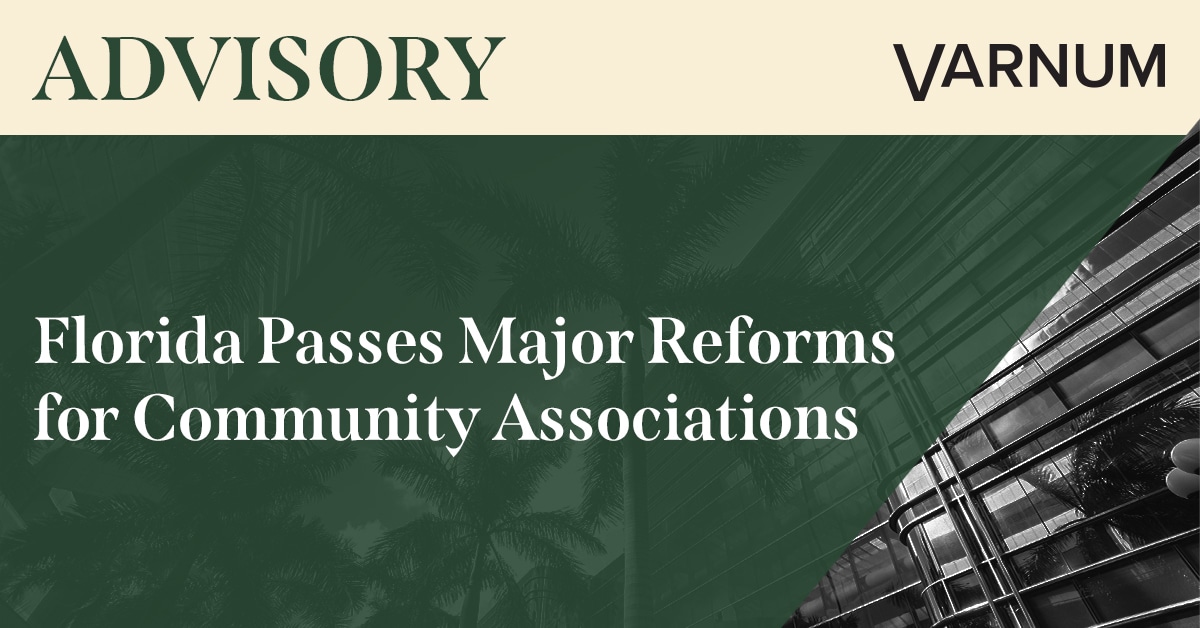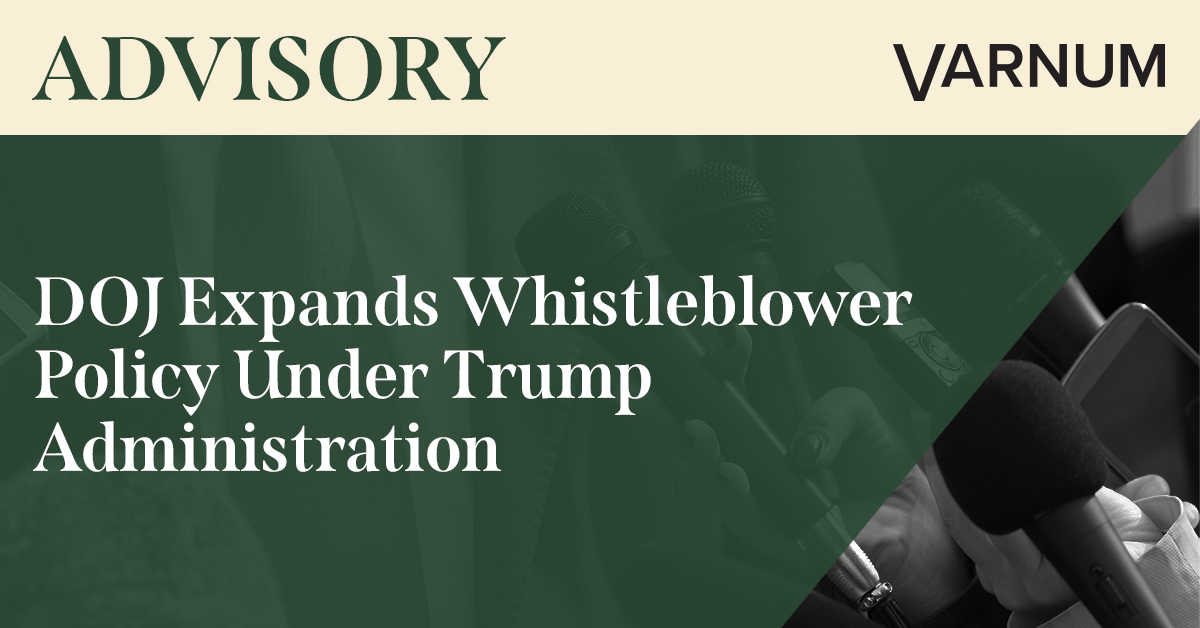The Florida Contracts Honoring Opportunity, Investment, Confidentiality, and Economic Growth (CHOICE) Act makes sweeping changes to how restrictive covenants, such as non-compete agreements, are handled in the state. While many states are tightening restrictions on these agreements, Florida is moving in the opposite direction. Effective July 1, 2025, the CHOICE Act increases employers’ ability to enforce non-compete agreements and introduces new legal tools to protect businesses.
What Does the CHOICE Act Do?
The CHOICE Act strengthens the protections afforded to employers and their ability to enforce restrictive covenant agreements. Currently, non-compete agreements are governed by Florida Statute § 542.335, which requires employers to prove:
- The existence of a written agreement signed by the employee;
- A legitimate business reason that is necessary to protect the employer; and
- Reasonable limitations on the time (typically 2 years), geographic scope, and scope of business restrictions contained within the agreement.
The Act expands these provisions and instead places the burden on the employee to show the agreement is unenforceable. Under the Act, covered garden leave agreements and covered non-compete agreements are presumed to be enforceable, and courts must issue a preliminary injunction to enjoin a covered employee from violating a restrictive covenant.
Who is Covered by the CHOICE Act?
The CHOICE Act applies to both “covered employees” and “covered employers.”
- Covered Employees: Includes employees or independent contractors who earn more than twice the average wage in the county where they live or where the employer’s principal office is located. In most Florida counties, this means a salary range of approximately $90,000 to $170,000.
Health care practitioners are excluded from the CHOICE Act. Any new non-compete agreements involving health care practitioners will continue to fall under Florida’s existing restrictive covenant statute.
- Covered Employers: Include any entity or individual that employs a covered employee. The employer does not need to be located in Florida to be covered under the Act. If an out of state employer enters a restrictive agreement with a Florida-based employee, the CHOICE Act will apply. Likewise, if an employee lives outside of Florida, but the employer’s principal office is in Florida, the Act will govern the agreement.
Garden Leave Agreements
Garden leave agreements allow employers to require advance notice of resignation, during which the employee remains on payroll but may not work elsewhere.
Under the CHOICE Act, employers may:
- Require up to four years of advance notice before termination
- Keep the employee on payroll during that period, limited to base salary
- Require the employee to work for only the first 90 days of the notice period
- Allow the employee to stop working and engage in non-work activities after the 90-day period
To be enforceable, garden leave agreements must meet the following criteria:
- The agreement must inform the employee in writing of the right to seek legal counsel, and provide at least 7 days to review it
- The employee must acknowledge in writing that they may receive confidential client information during their employment
- The agreement must explain that the employee is only required to work for the first 90 days and may pursue non-work activities after that time
- The agreement must state that the employee may not begin working elsewhere without the employer’s written permission
Employers may shorten the notice period to 30 days’ written notice. In cases of gross misconduct, employers may reduce the employee’s salary without breaching the agreement.
Non-Compete Agreements
The CHOICE Act expands the scope and enforceability of non-compete agreements in Florida.
Key changes include:
- Non-compete periods may now last up to four years
- Agreements are not required to include geographic limitations
- Employers are no longer required to prove restrictions are reasonable in time, geography, or business scope
To be enforceable, a non-compete agreement must:
- Inform the employee in writing of the right to seek legal counsel, and allow at least 7 days for review
- Include a written acknowledgment from the employee that they may access confidential client information
- Limit the non-compete period to no more than four years
- Reduce the non-compete period day-by-day for any portion of a concurrent garden leave period during which the employee is not working.
How Will the CHOICE Act Be Enforced?
If a dispute arises, Florida courts are required to issue a preliminary injunction against a covered employee automatically. After the injunction is issued, courts may only modify or dissolve the injunction if the covered employee or new employer can prove by clear and convincing evidence that either:
- The covered employee will not perform similar work during the restricted period;
- The employee will not use confidential information or customer relationships within their new employment;
- The covered employer failed to pay the required consideration under the restrictive agreement (after a cure period of at least 30 days); or
- The subsequent employer is not engaged in, or preparing to engage in, a similar business within the restricted geographic area.
The “clear and convincing” standard is a challenging burden for a plaintiff to meet in civil litigation. Terms such as “similar work” and “similar business” are not defined in the Act, which may lead to uncertainty in how courts apply them. The prevailing party in any dispute is entitled to recover reasonable litigation costs from the losing party.
Considerations for Employers
The CHOICE Act offers new protections for employers who may want to incorporate the new non-compete structure into their contracts. Although employers may continue using the existing Florida statute, the new law may provide strategic advantages. Employers should consider reviewing current agreements and evaluating whether to adopt new language that complies with and benefits from the CHOICE Act’s provisions.
For questions about how these changes may impact your business or to ensure your business is fully compliant with the CHOICE Act, contact Varnum’s Litigation Practice Team.
2025 summer associate Nolan Thomas contributed to this advisory. Nolan is currently a law student at the University of Miami.







